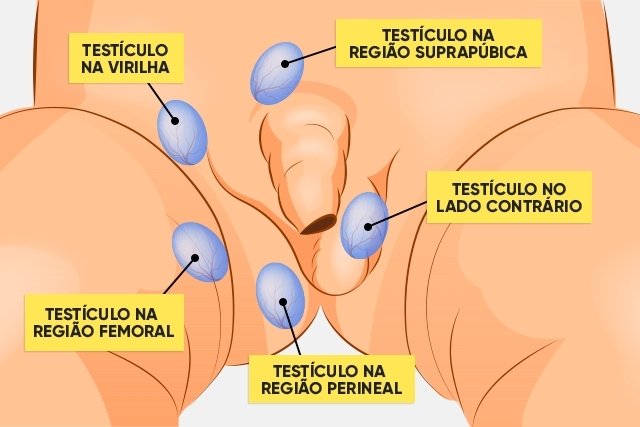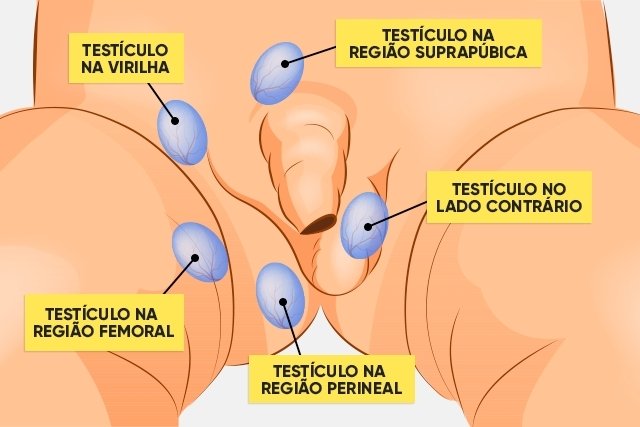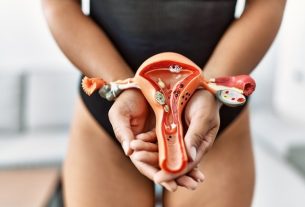Cryptorchidism is a situation in which the baby’s testicles do not descend into the scrotum, remaining in the abdominal region, which can increase the risk of hernias, torsion and testicular cancer.
Normally, the testicles descend into the scrotum in the last months of pregnancy, and this can also happen up to 6 months of age. When this descent does not occur after this period, the pediatrician can perform palpation of the scrotum to verify the absence of one or both testicles and, thus, confirm cryptorchidism.
It is important that cryptorchidism is identified and treated in the first months of the baby’s life, as this means it is possible to begin treatment immediately, which may involve hormonal therapy and surgery.

How to identify
Cryptorchidism can be identified by the pediatrician throughout the child’s development, with no descent of the testicles into the scrotum until 1 year of age. To find out the position of the testicles, the pediatrician can palp the scrotum and thus check for changes and classify cryptorchidism into two main types:
- Criptorquidia bilateral: when both testicles are absent in the scrotum;
- Criptorquia unilateral: when a testicle is missing on one side of the scrotum.
It is important that cryptorchidism is identified and treated between the baby’s 6th and 18th month of life, as this makes it possible to prevent complications, such as the development of hernias, torsion of the testicle and infertility, in addition to the increased risk of testicular cancer.
Possible causes
Cryptorchidism can occur as a consequence of genetic changes, hormonal deficiencies in the baby, weakness or absence of abdominal muscles, or occur as a consequence of factors related to the mother, such as obesity or gestational diabetes, smoking, advanced age and prolonged contact with pesticides, for example. example.
Furthermore, premature birth, low birth weight, cerebral palsy and Down syndrome, for example, can also increase the risk of cryptorchidism.
What is the treatment like?
The treatment of cryptorchidism must be guided by the pediatrician, and hormonal therapy may initially be indicated through injections of testosterone or chorionic gonadotropin hormone, which help to mature the testicle causing it to descend into the scrotum, which resolves up to half of the problems. cases.
However, when the testicles do not “descend” within 1 year, surgery is normally indicated to place the testicle in the correct location, mainly indicated in the case of unilateral cryptorchidism.
When the absence of testicles is detected at a late stage, removal of the testicles may be necessary to avoid future complications for the person, which results in sterility.

Sign up for our newsletter and stay up to date with exclusive news
that can transform your routine!
Warning: Undefined array key "title" in /home/storelat/public_html/wp-content/plugins/link-whisper-premium/templates/frontend/related-posts.php on line 12
Warning: Undefined array key "title_tag" in /home/storelat/public_html/wp-content/plugins/link-whisper-premium/templates/frontend/related-posts.php on line 13




